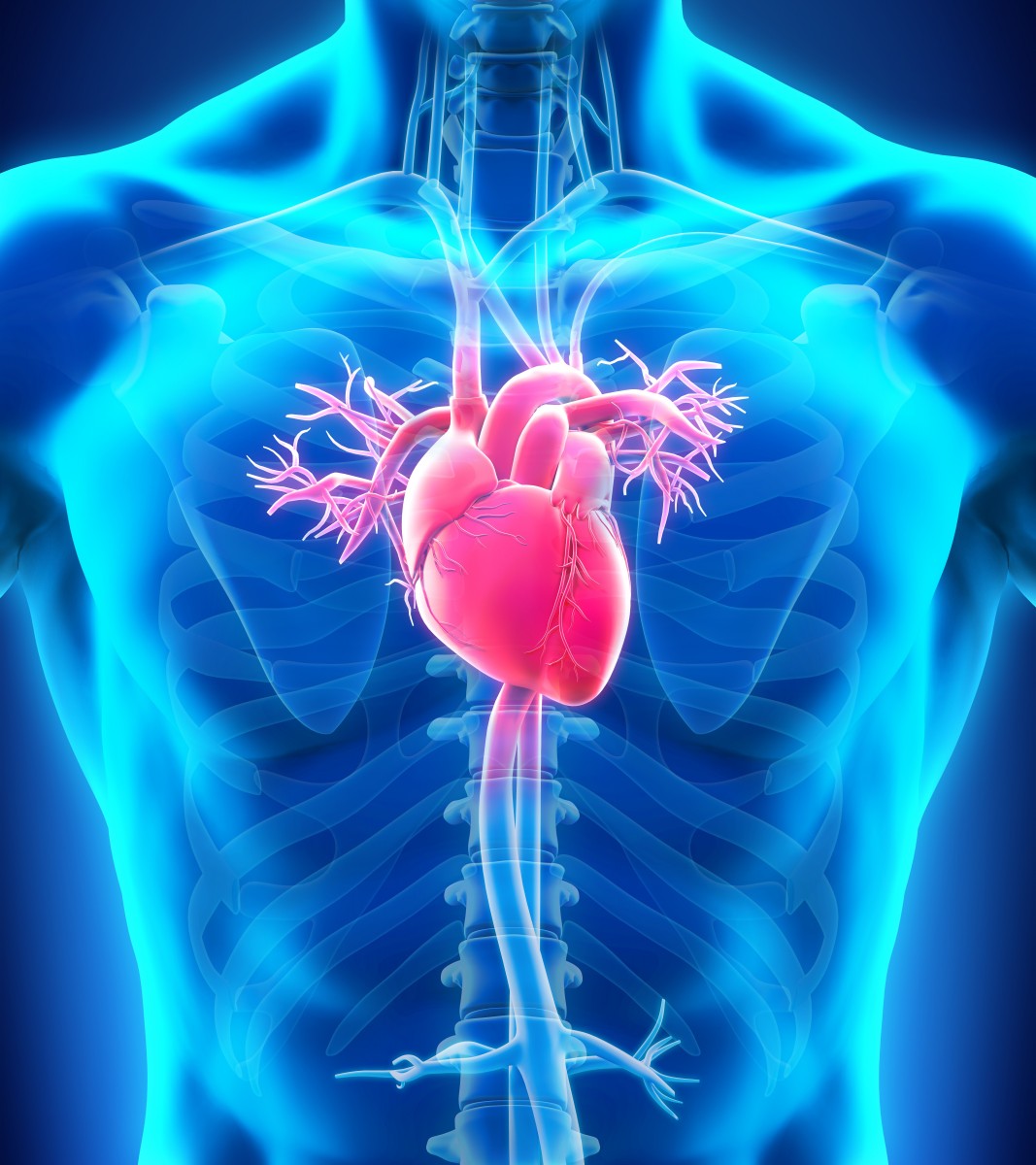Heart Transplant a Viable Option for Cardiac Sarcoidosis Patients, Study Finds

Patients with cardiac sarcoidosis have similar post-heart transplant features and survival rates as patients without the disease, a new study found. The data indicates that heart transplant is a viable strategy in patients with cardiac sarcoidosis.
Although heart transplants due to non-ischemic cardiomyopathy (NICM; when the heart’s muscle — the myocardium — shows a mechanical or electrical dysfunction) are increasing in patients with cardiac sarcoidosis (CS), research has been limited regarding their outcomes.
This is especially important because there is a risk of long-term effects in this patients, such as a recurrence of CS in the transplanted heart.
In the study titled “Invasive Hemodynamics and Rejection Rates in Patients with Cardiac Sarcoidosis After Heart Transplantation,” published in the Canadian Journal of Cardiology, researchers aimed to monitor hemodynamics (the dynamics of blood flow) and assess rejection and survival in CS patients following a heart transplant.
The study involved the analysis of data from the medical records of 12 cardiac sarcoidosis patients (CS group) and 28 matched controls who had NICM (the non-CS group).
Hemodynamic parameters — pulmonary arterial, right ventricular, and right atrial pressures — were assessed immediately after the transplant, one-week after transplant, and at the most recent follow-up, a mean of 73.8 months.
Researchers also analyzed survival and transplant rejection in patients and controls, as well as CS recurrence in the CS group of patients.
After the transplant, and at all time-points analyzed, there were no significant differences in hemodynamics between the CS and non-CS groups. Also, hemodynamic measurements were all within normal clinical values.
The only exceptions were significant differences between CS and non-CS groups in pulmonary pulse pressure, transpulmonary pressure gradient (TPG), systemic vascular resistance (SVR), and pulmonary vascular resistance (PVR) at the post-transplant time-points. But these differences were not deemed clinically relevant since all values were within normal ranges.
There were fewer rejection episodes in CS patients compared to controls (17% vs. 68%), and there were no cases of CS recurrence in the CS group.
The results demonstrate that pulmonary hemodynamics are preserved in CS patients following a heart transplant.
“CS patients have similar post-transplant hemodynamics as non-CS patients, without evidence of RV [right ventricular] dysfunction or pulmonary hypertension,” researchers wrote. “No significant rejection nor recurrence of [sarcoidosis] … were observed in this cohort of patients with CS. Survival is similar between CS and non-CS patients.”
The team concluded that “heart transplant is a viable strategy in selected CS patients with excellent outcomes.”






